Name Norman Dawn Ex-spouse Katherine Dawn | Role Film director | |
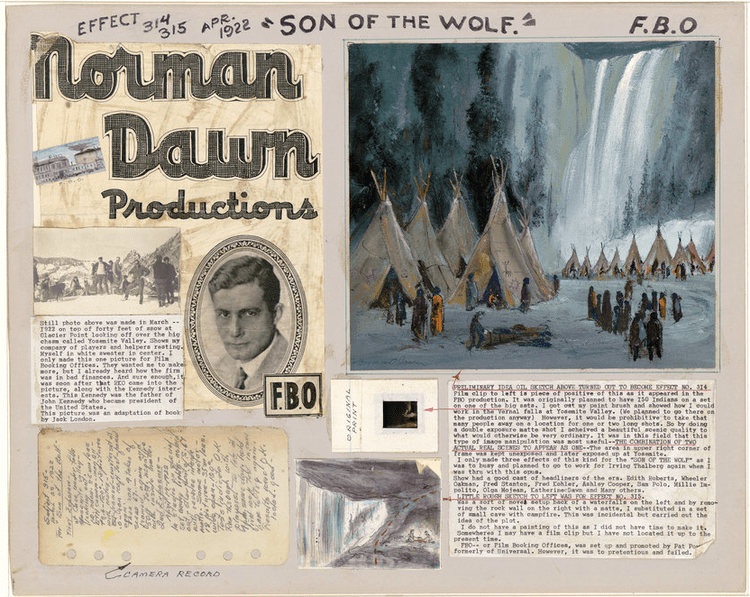 | ||
Died February 2, 1975, Santa Monica, California, United States Movies For the Term of his Natural Life, Two Lost Worlds, Arctic Fury, The Adorable Outcast, Showgirl’s Luck Similar People Eva Novak, Arthur Tauchert, Marcus Clarke, Bill Kennedy, Kasey Rogers | ||
For the term of his natural life norman dawn 1929
Norman O. Dawn (25 May 1884 in Argentina – 2 February 1975 in Santa Monica, California) was an early film director. He made several improvements on the matte shot to apply it to motion picture, and was the first director to use rear projection in cinema.
Contents
- For the term of his natural life norman dawn 1929
- Dawns innovations in glass and matte shots
- Australia
- Filmography
- References

Dawn's innovations in glass and matte shots
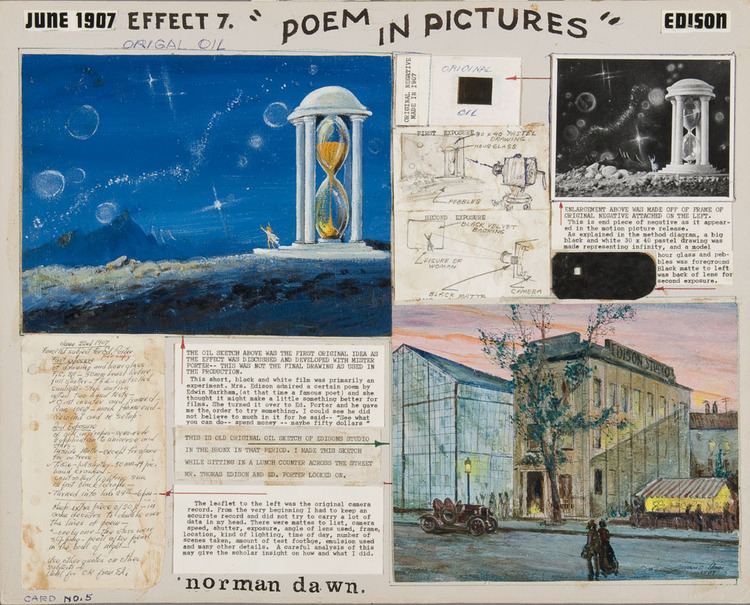
Dawn's first film Missions of California made extensive use of the glass shot, in which certain things are painted on a piece of glass and placed in between the camera and the live action. Many of the buildings which Dawn was filming were at least partially destroyed; by painting sections of roof or walls, the impression was made that the buildings were in fact, whole. The main difference between the glass shot and the matte shot is that with a glass shot, all filming is done with a single exposure of film.
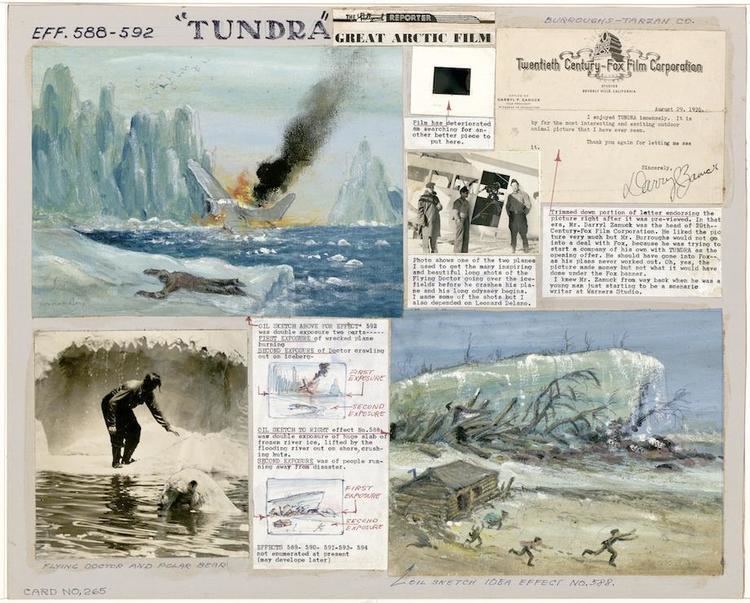
Dawn combined his experience with the glass shot with the techniques of the matte shot. Up until this time, the matte shot was essentially a double-exposure: a section of the camera's field would be blocked with a piece of cardboard to block the exposure, the film would be rewound, and the blocked part would also be shot in live action. Dawn instead used pieces of glass with sections painted black (which was more effective at absorbing light than cardboard), and transferred the film to a second, stationary camera rather than merely rewinding the film. The matte painting was then drawn to exactly match the proportion and perspective to the live action shot. The low cost and high quality of Dawn's matte shot made it the mainstay in special effects cinema throughout the century.
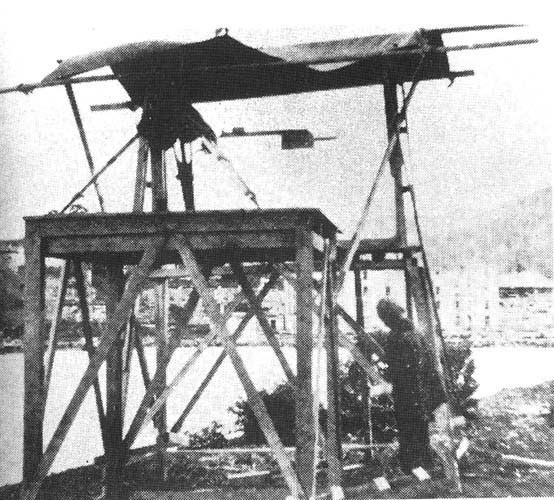
Dawn patented his invention on 11 June 1918 and sued for infringement of the patent three years later. The co-defendants, matte artists who included Ferdinand Pinney Earle and Walter Percy Day, counter-sued, claiming that the technique of masking images and double exposure had long been traditional in the industry, a legal battle which Dawn ultimately lost.
Australia

Dawn worked in Australia for a number of years, directing a big-budget adaptation of the classic novel For the Term of His Natural Life (1927), and a musical, Showgirl's Luck (1931).
Filmography
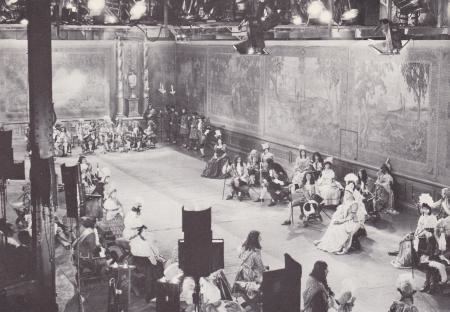
A partial list of Dawn's films may be found at the Internet Movie Database. Here are some additional films not mentioned at IMDB:
There is a Norman O. Dawn collection in the Ransom Collection of the University of Texas, Austin.
'*'According with the book Special Effects: The History and Technique (RICKITT, Richard Ed. Watson-Guptill Publications, [s.l], 2000), page 190, Norman O. Dawn was born in a Bolivian Railroad Camp. Bolivia not Argentina.
